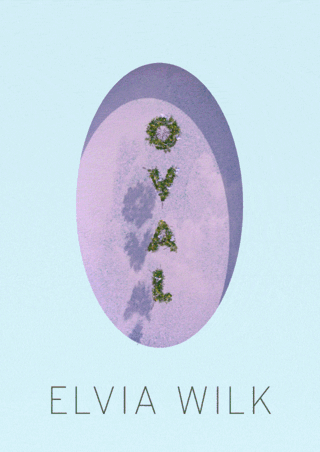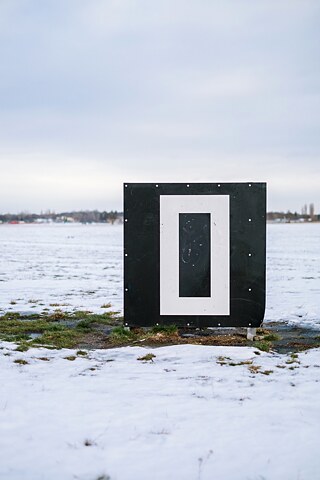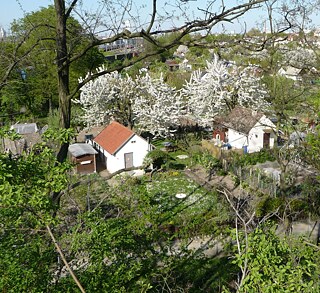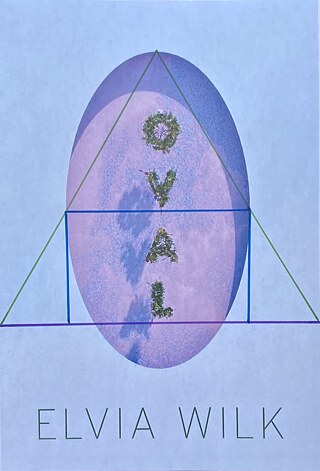A Book Report in Four Shapes
Oval: Berlin Dystopia 3

How do you approach reading and thinking about a book that is, mysteriously, called Oval? I stared at the cover of Elvia Wilk’s Berlin novel, flipping it over as if I could crack open some prophecy from the purple egg shape illustration. Taking up the US author’s challenge, I followed form(s): looking for lines, triangles, rectangles, and ovals to reveal some of the book’s themes, from housing to sustainability to inequality. The symbology proved a suitable reading framework for the book’s ominous urban rumblings as well as familiar images of transient expat life in a 21st century “creative” city. Get the book from your library and retrace this four-part geometrically patterned book report or try your own “graphic” approach on your reading list.
By Jutta Brendemuhl
THE BOOK
In the near future, Berlin’s real estate is flipped in the name of “sustainability,” only to make the city even more unaffordable. Artists are employed by corporations as consultants, and the weather is acting strange. When Anja and her boyfriend Louis are offered a rent-free eco home on an artificial mountain, they seize the opportunity, but before long the experimental house begins malfunctioning.

"Wilk's novel is like an ever-expanding sphere . . . It would be beautiful satire if it didn't ring so true." — NPR
Rectangles: Housing
“Even though the speaker was floating three feet above the floor as advertised, its Bluetooth connection had never worked, so they had to connect content-filled devices to it with a long black USB cable, which undermined the aesthetic effect... ‘Just another reason the past is prologue,’ said Laura, fumbling with the cord until a sound stuttered through.”The house that Elvia Wilk’s Berlin protagonists inhabit is a not-so-smart box in “an assortment of experimental architecture clustered a thousand meters up the side of the Berg.”

Inside and outside are dissonant in Oval, the housing situation is no exception: The house creates its own microclimate that sends Anja back up the Berg to get a jacket when she steps out. There’s always “a few house things” that weigh on the Berg’s inhabitants. As with other interventions in the Anthropocene, the development is a failure with a vengeance. Everyone knows it, but no one has the energy or impetus to do much about it, outside of developing apps and drugs.


Elvia Wilk
- Master’s degree from the New School for Social Research, New York;
- Recipient of an Andy Warhol Arts Writers Grant and a 2020 fellow at the Berggruen Institute run by German-American billionaire investor Nicolas Berggruen to explore “Ideas for a Changing World;”
- to be continued